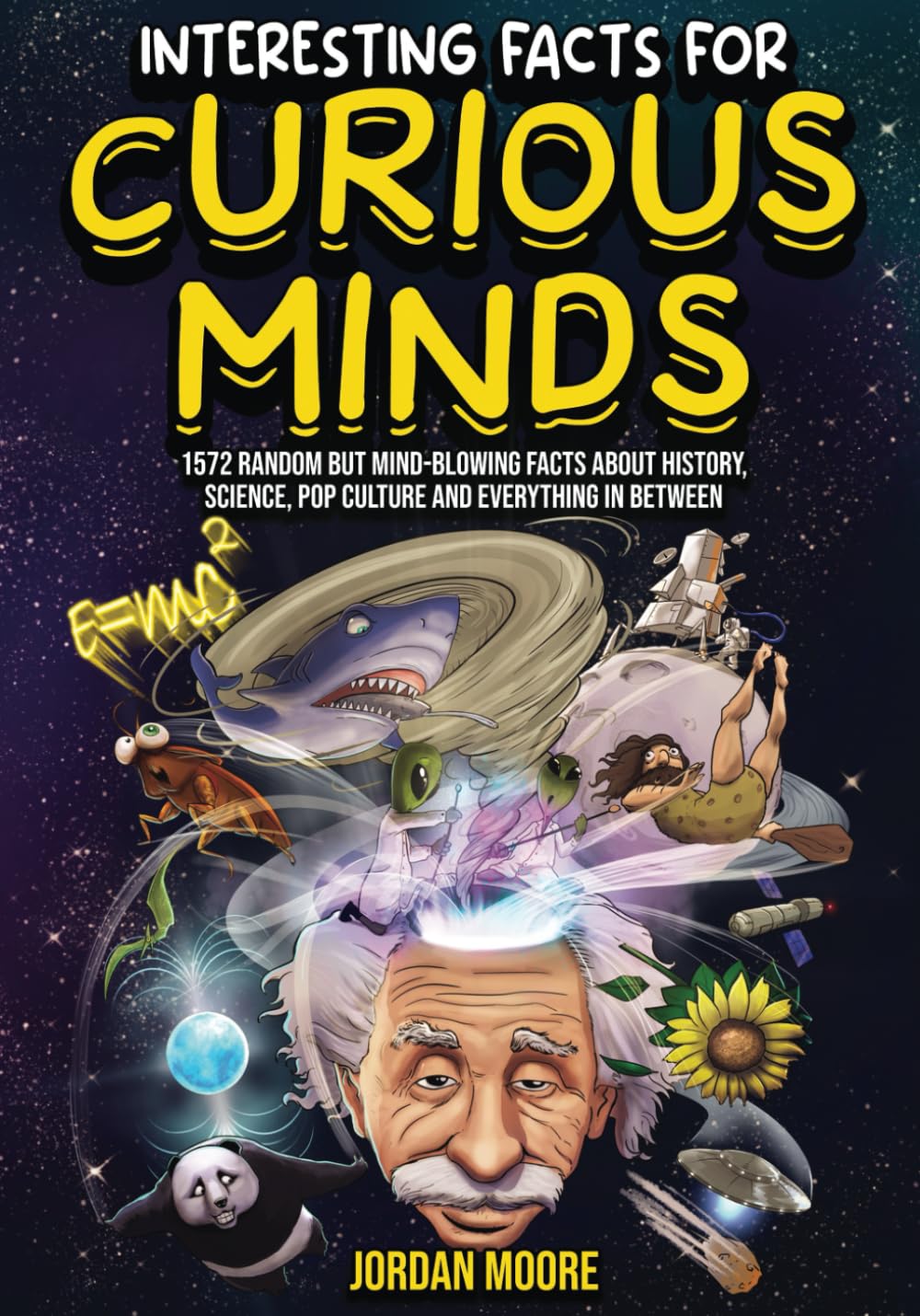
Interesting Facts For Curious Minds: 1572 Random But Mind-Blowing Facts About History, Science, Pop Culture And Everything In Between
Plagued Corpses, Greek Fire, And Mustard Gas
byPlagued corpses, Greek fire, and mustard gas are just a few examples of how chemical and biological weapons have been employed throughout history to cause widespread devastation. These forms of warfare have existed since ancient times, with one of the earliest uses of chemical warfare being recorded during the siege of Dura-Europos in 256 CE. The Sassanian Persians, seeking to defeat the Romans, dug tunnels under the city and released sulfur dioxide gas when the Romans attempted to invade. This method of warfare was an early example of how chemical substances could be used to gain a strategic advantage. Similarly, in 1347, the Mongols catapulted infected corpses into the city of Kaffa, triggering the spread of the Black Death into Europe, further highlighting how disease, like chemicals, could be used as a weapon.
Throughout history, the use of these devastating weapons expanded with advancements in technology. The 20th century saw the rise of industrial chemical weapons like mustard gas, first deployed by Germany during World War I. Mustard gas, also known as sulfur mustard, is a blistering agent that causes severe burns to the skin and respiratory damage, making it one of the most feared weapons of its time. During World War I, chemical weapons were delivered using canisters or shells, with phosgene gas being six times deadlier than chlorine. This brutal tactic led to thousands of casualties and sparked the development of international treaties aimed at controlling such weapons. The Chemical Weapons Convention (CWC) of 1993, which came into force in 1997, marked a significant step in banning chemical weapon production, though several nations, such as Israel, have not ratified it, contributing to ongoing concerns about the proliferation of these weapons.
In addition to chemical weapons, the use of biological agents has also played a significant role in warfare. One notorious example is the use of anthrax during the 2001 attacks in the United States, where deadly spores were mailed to various targets, resulting in five deaths. Biological weapons, like those used by the Japanese during World War II, also include diseases like smallpox, which was allegedly given to Native American tribes in the 18th century. This form of warfare, although banned by the Biological Weapons Convention of 1972, still poses a threat in modern times. Despite the prohibition, some nations, such as Israel, are suspected of maintaining biological weapons programs, raising concerns about the potential misuse of these deadly substances. The complex legacy of these weapons underscores the importance of international treaties and the ongoing efforts to curb the use of chemical and biological agents.
Napalm, a particularly gruesome weapon, became infamous during the Vietnam War. This substance, a mixture of flammable liquid and a gelling agent, was used extensively by the U.S. military under the operation code-named Ranch Hand to defoliate large areas of Vietnam from 1962 to 1971. The horrifying images of napalm burns left an indelible mark on the global consciousness, further fueling anti-war sentiment. Alongside napalm, other chemical agents like Agent Orange, a deadly herbicide, caused long-term health issues for both soldiers and civilians. These weapons serve as a stark reminder of how the use of chemicals in warfare not only causes immediate damage but can lead to long-lasting environmental and health impacts, affecting generations to come.
The use of such weapons has sparked intense debates about ethics and the rules of warfare. For example, while the development and deployment of chemical and biological weapons have been banned by treaties such as the Geneva Protocol and the CWC, their use is still a subject of concern. Countries like Egypt, South Sudan, and North Korea, which have not signed the CWC, remain under suspicion for possibly harboring chemical weapons programs. Furthermore, historical examples such as the Hittite use of plague victims in 1,324 BCE demonstrate how warfare and disease have long been intertwined. The strategic use of disease as a weapon, whether through the intentional spread of plague or the use of biological agents, illustrates the lengths to which combatants will go to destabilize their enemies, further complicating the moral and legal landscape of modern warfare.
Despite the horrific nature of chemical and biological weapons, they have undeniably shaped the course of history. From ancient methods like the release of sulfur dioxide during the Roman siege to the modern-day concerns over weapons of mass destruction, these weapons continue to be part of the global conversation on warfare. The continued efforts of international organizations to ban these weapons reflect a collective desire to prevent further suffering caused by such devastating tools of destruction. However, the reality is that the fight against the use of chemical and biological agents is ongoing, with new challenges constantly emerging. It is essential for governments and international bodies to remain vigilant in their efforts to eliminate the threat posed by these weapons, ensuring that their catastrophic potential does not become a tool in future conflicts.

